
In that spirit, in the 1930s, from a small village on Cu Lao Gieng (Cho Moi - An Giang), my grandfather traveled to many places to find relatives and return to his roots.
The genealogy was recorded by him up to the first great-grandfather, "in Quang Ngai or Binh Dinh, and his origin was probably from Thanh Nghe region, escaping the seasonal war and wandering to this place...". According to this genealogy, my grandfather was the 5th generation and I am the 7th generation.
The time of opening the land
The genealogies of many families and clans in the South also record that their homeland was the Central region many generations ago... Historically, the migrations from the Ngu Quang region to Dong Nai - Gia Dinh did not take place massively but were relatively regular and continuous.
Spontaneous migration groups consisted of people from the same hometown and clan, following the rule of "the first person to go welcomes the next person", to large-scale migrations organized by the Nguyen Dynasty, "people with resources in Quang Nam, Dien Ban, Quang Ngai, Quy Nhon were recruited to the South to reclaim land" as Le Quy Don recorded in Phu Bien Tap Luc...
Following the coast in junks, migrants entered the new land by two main routes: from Can Gio estuary, upstream of Dong Nai River to Gia Dinh area. From there, they could follow rivers and canals to the West, with the first stop being the present-day Long An area.
Another way is to go to the Tien River mouths in the My Tho and Ben Tre regions, then stop on the wild but spacious and flat mounds and hills, where it is difficult to reclaim land, cultivate, catch fish and shrimp... and start life on the "new land".
A few generations later, for livelihood, war or other reasons, their descendants moved and dispersed to many places, reclaiming vast plains.
That is why in the South there are many relics reflecting the "land opening" period: communal houses, temples, shrines, mausoleums... worshiping historical figures, most of whom originated from the Ngu Quang region.

Leave a mark in history
My hometown An Giang is home to many relics of Nguyen Dynasty mandarins from the Central region, notably two famous mandarins Nguyen Huu Canh and Nguyen Van Thoai.
Le Thanh Hau Nguyen Huu Canh was a man who had great contributions in reclaiming land, establishing villages, determining sovereignty, pacifying and protecting the people... on the ancient Gia Dinh land, so the people of the South built many temples and shrines, respectfully worshiping him as "the supreme god of happiness".
In An Giang, along the banks of the Tien River in the past, where his boat used to pass or stop by, residents built many communal houses and palaces to commemorate his achievements. In Cho Moi district, where he stopped in 1700, it is called Ong Chuong Islet.
Ong Chuong Islet has long been associated with the history of formation and development of Cho Moi District. This is one of the first reclaimed lands of An Giang Province, opening up opportunities for Vietnamese immigrants to reclaim, settle, establish villages, and move towards establishing sovereignty.
A famous mandarin of the time of opening up another land was Thoai Ngoc Hau.
His name is Nguyen Van Thoai, from Dien Phuoc district, Dien Ban prefecture, Quang Nam province. Thoai Ngoc Hau's military career went through battles and hardships during the "Gia Long exile" period...
After the Nguyen Dynasty unified the country, he took office as the governor of Vinh Thanh town (1817). Here, he carried out land reclamation, built villages, dug canals and built roads, and developed and protected the new land.
In 1818, he obeyed the king's order to dig Thoai Ha canal connecting Dong Xuyen (Long Xuyen) with Gia Khe mountain (Rach Gia). King Gia Long allowed the mountain (Thoai Son) and the canal (Thoai Ha) to be named after him.
In 1819, Thoại Ngọc Hầu started digging Vĩnh Tế Canal, after 5 years this important canal was completed (in 1824). The canal connecting Châu Đốc – Hà Tiên has important significance in transportation and national security.
It has a particularly great impact on agricultural development because the canal brings fresh water from the Hau River to wash away the alum in the salty land, creating conditions for people to reclaim land, establish hamlets, and build villages. From here, many more families from the Central region continued the tradition of land reclamation to settle in the "new land".
In 1823, he established 5 villages on the banks of Vinh Te canal. In 1825, he built a road from Chau Doc to Lo Go (now Angkor Borei town in Cambodia) - Soc Vinh connecting the villages together, making it very convenient for people to travel. In 1826, he built the Sam Mountain - Chau Doc road, 5km long. When it was finished, he had the stele "Chau Doc Tan Lo Kieu Luong" carved and erected on Sam Mountain to commemorate it.
In 1828, he erected a stele at Vinh Te Mountain, with the content of worshiping the souls of the militiamen. At the same time, he collected and reburied the remains of those who died while digging the Vinh Te Canal...
Currently, the tomb of Mr. Thoai Ngoc Hau and his two wives at the foot of Sam Mountain is a national historical and cultural relic. This place is also an important spiritual and cultural area of the whole South, marking the period of building and consolidating the southwestern borderland of the Fatherland.
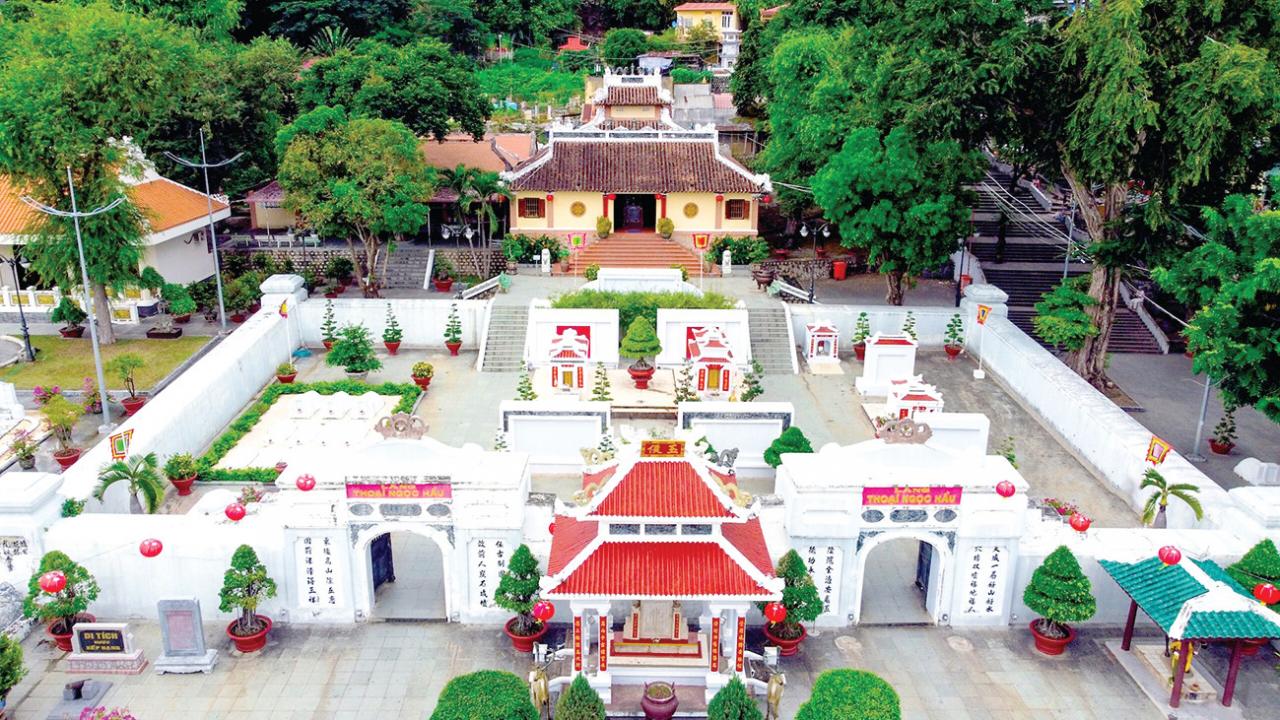
Culture passed down from Ngu Quang
Looking back at the history of our ancestors' land reclamation, we can see that migration to new lands experienced countless difficulties and challenges.
During the Nguyen Dynasty, free migration was frequent, "the people went first, the government went later". During the Nguyen Dynasty, the migration waves became larger and larger, organized and encouraged by the state, so the results were clear and quick.
In the first half of the 19th century, the Nguyen Dynasty organized the administrative apparatus, promptly responded to the expansion of territory, organized the army to preserve the achievements, stabilize the lives of people in the new land... This process had an important role of the Ngu Quang migrants, the Chinese and the indigenous residents, they together carried out the work of reclaiming and developing the new land.
Coming to the South with tools, weapons and labor experience, the migrants also brought with them a rich culture. Southern amateur music is one of the achievements that inherited and developed the cultural capital passed down from Ngu Quang.
From ceremonial music, opera and some other musical activities, Don Ca Tai Tu has a creative improvisational character, the lyrics and melody reflect the needs of people in the new social and cultural space. Southern people always consider Don Ca Tai Tu an important part of spiritual life, indispensable in holidays, death anniversaries, weddings, meetings...
Coming to the South to listen to traditional music, we can immerse ourselves in nostalgia for our roots, which are reflected in each song, each tune, and the simple, sincere voice...
And despite hundreds of years of historical changes, there are still temples and shrines dedicated to the meritorious mandarins and generals who contributed to the development of the Mekong Delta, and communal houses dedicated to the "good ancestors" who contributed to the construction of each village.
From over 300 years ago until now, many generations of people from the Central region have left. After a day's journey... the "wisdom" of the previous generation is always received, accumulated, and cultivated by the next generation, contributing to the construction of the Southern land and many other regions.
Source: https://baoquangnam.vn/ve-phuong-nam-lang-nghe-3139072.html



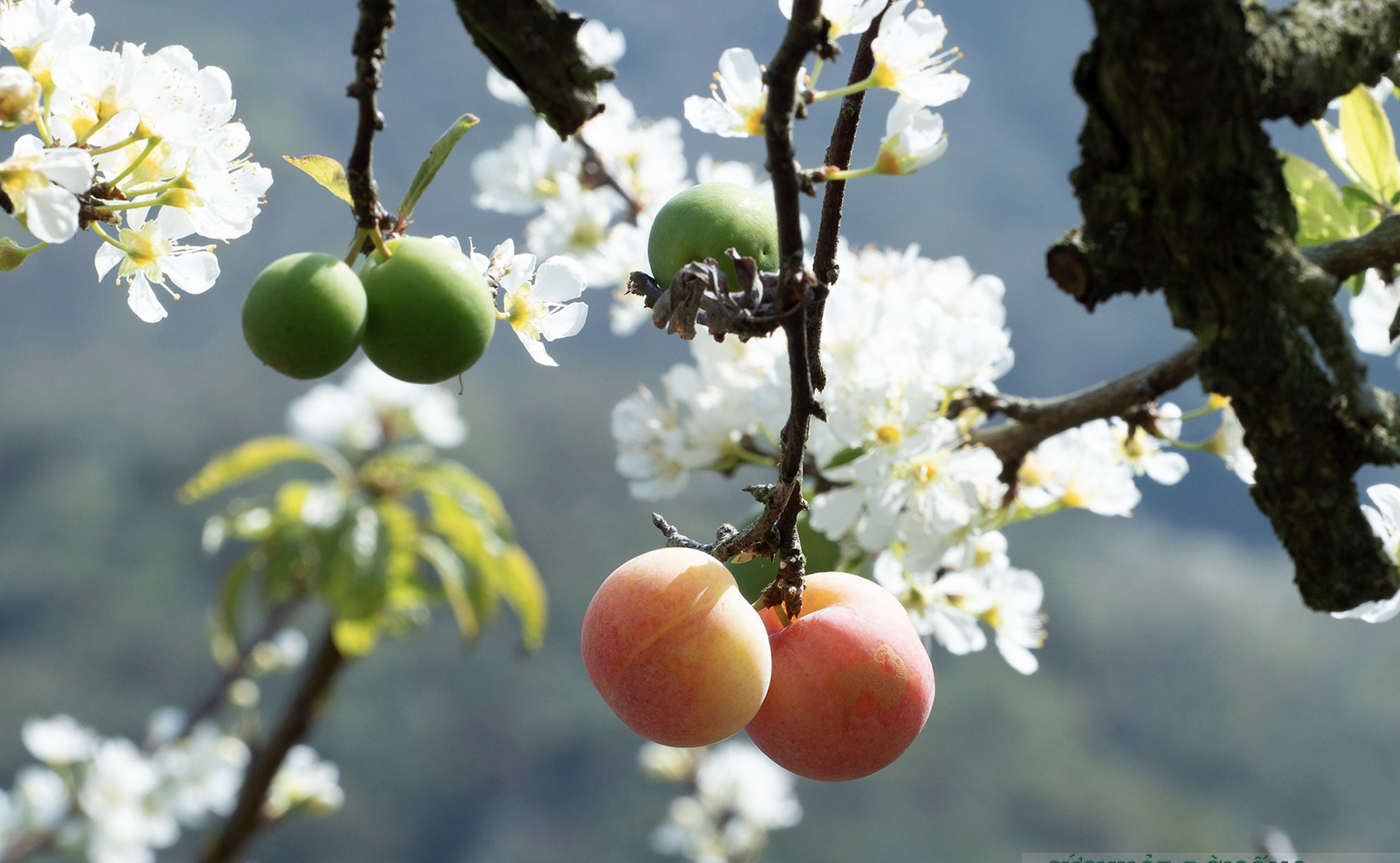
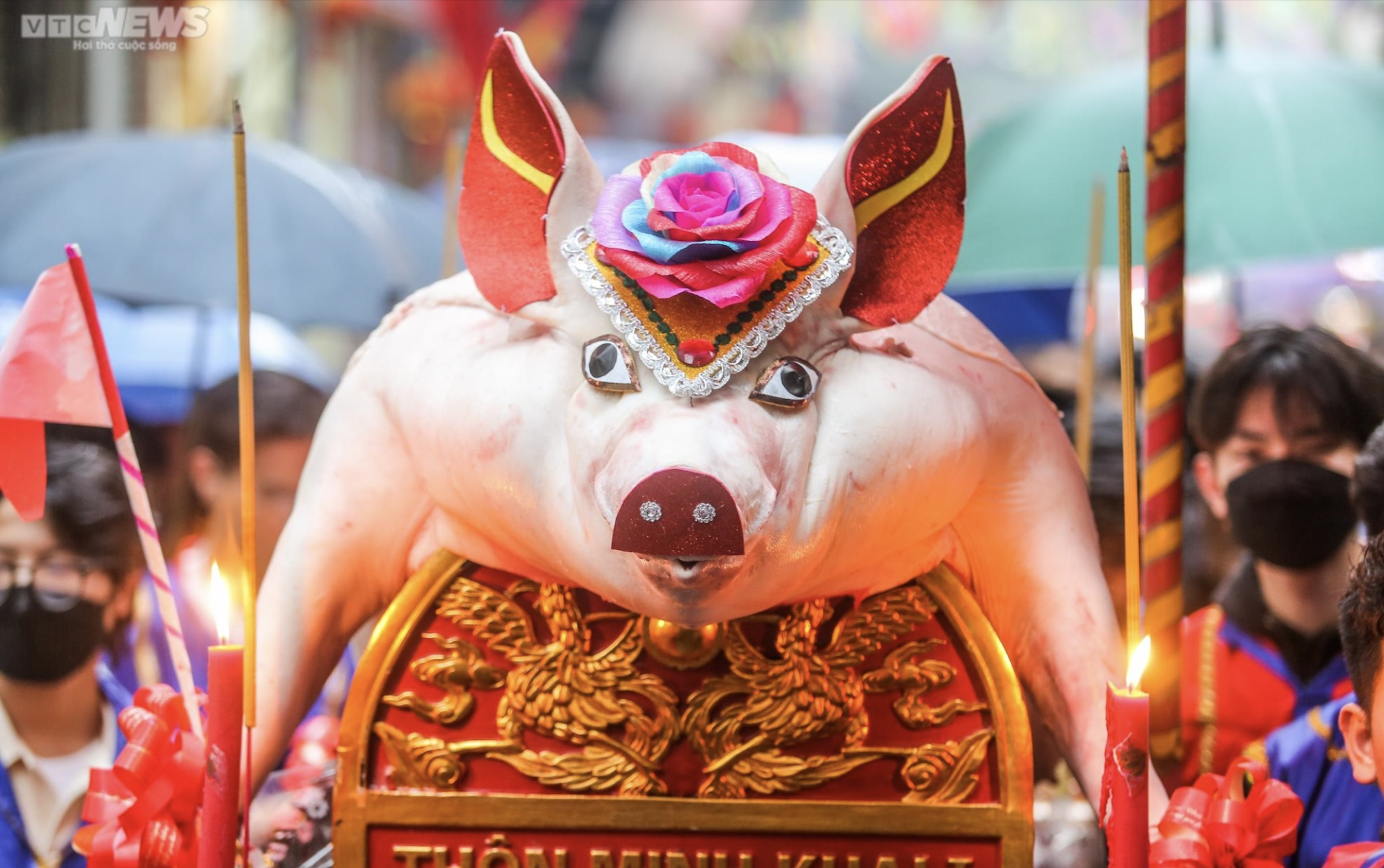
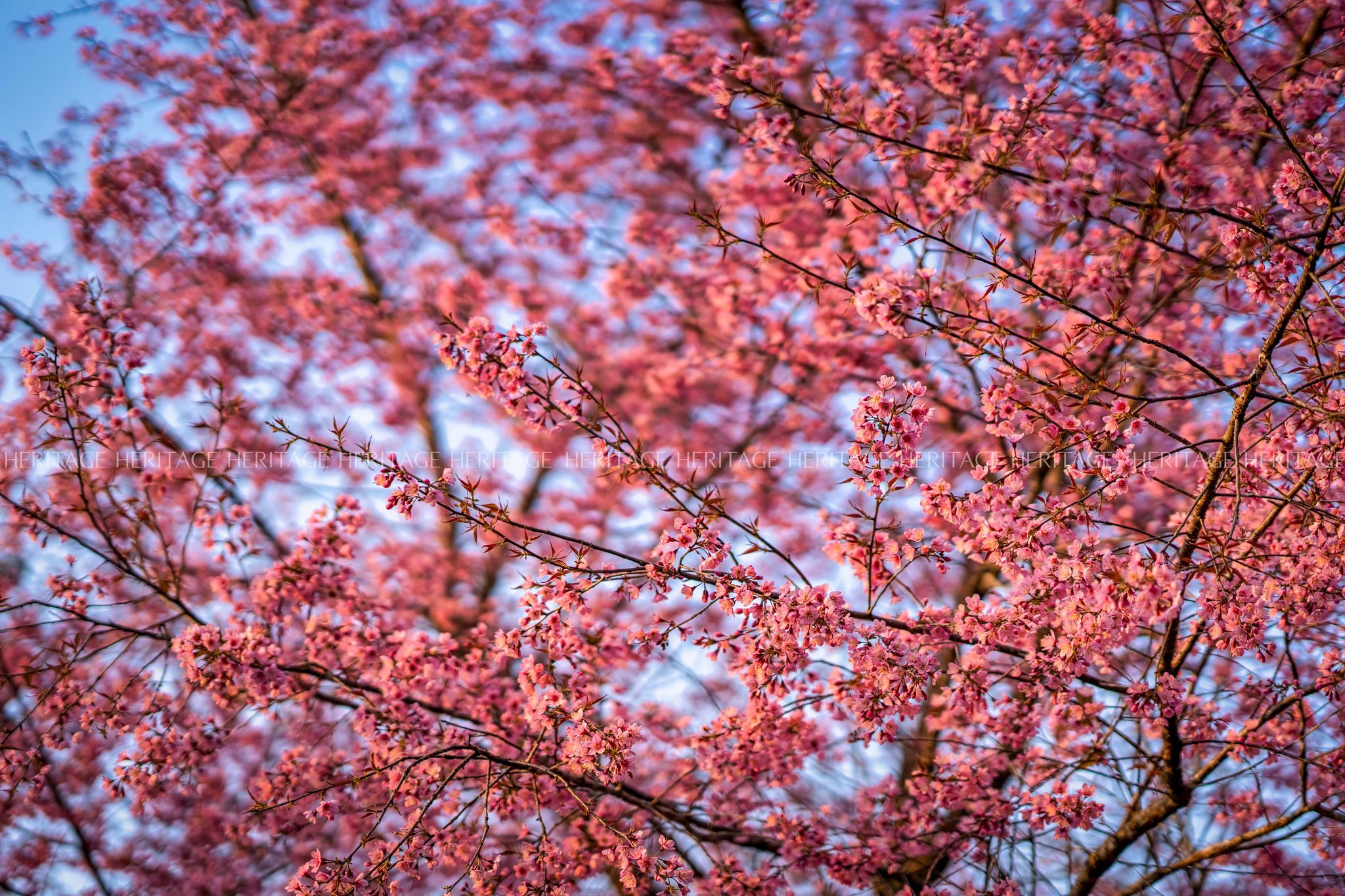
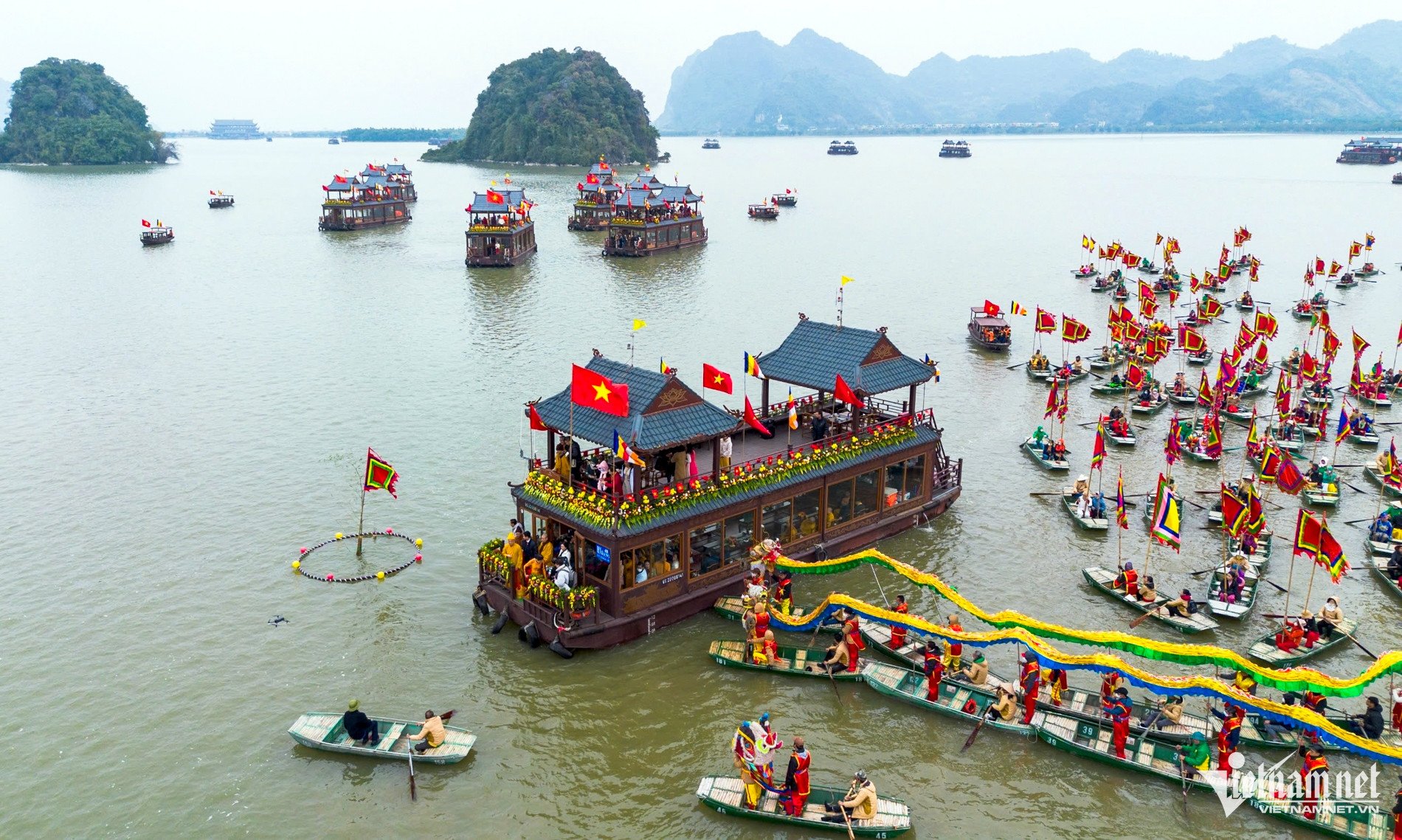

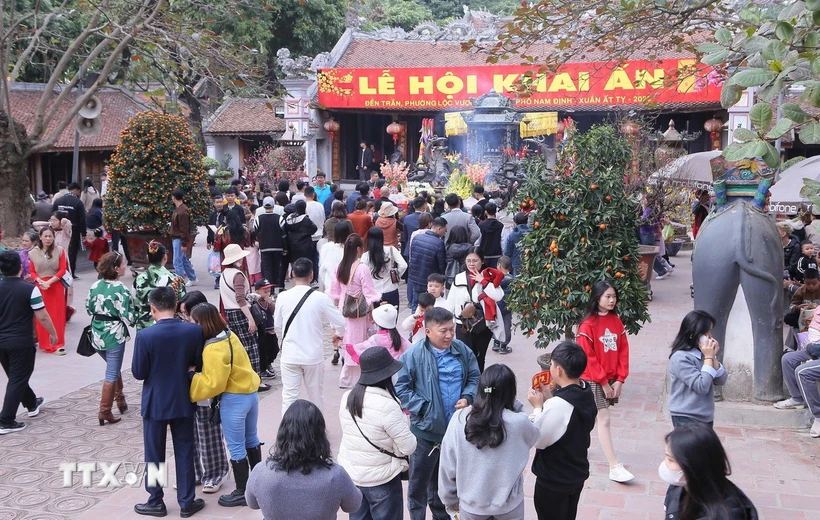
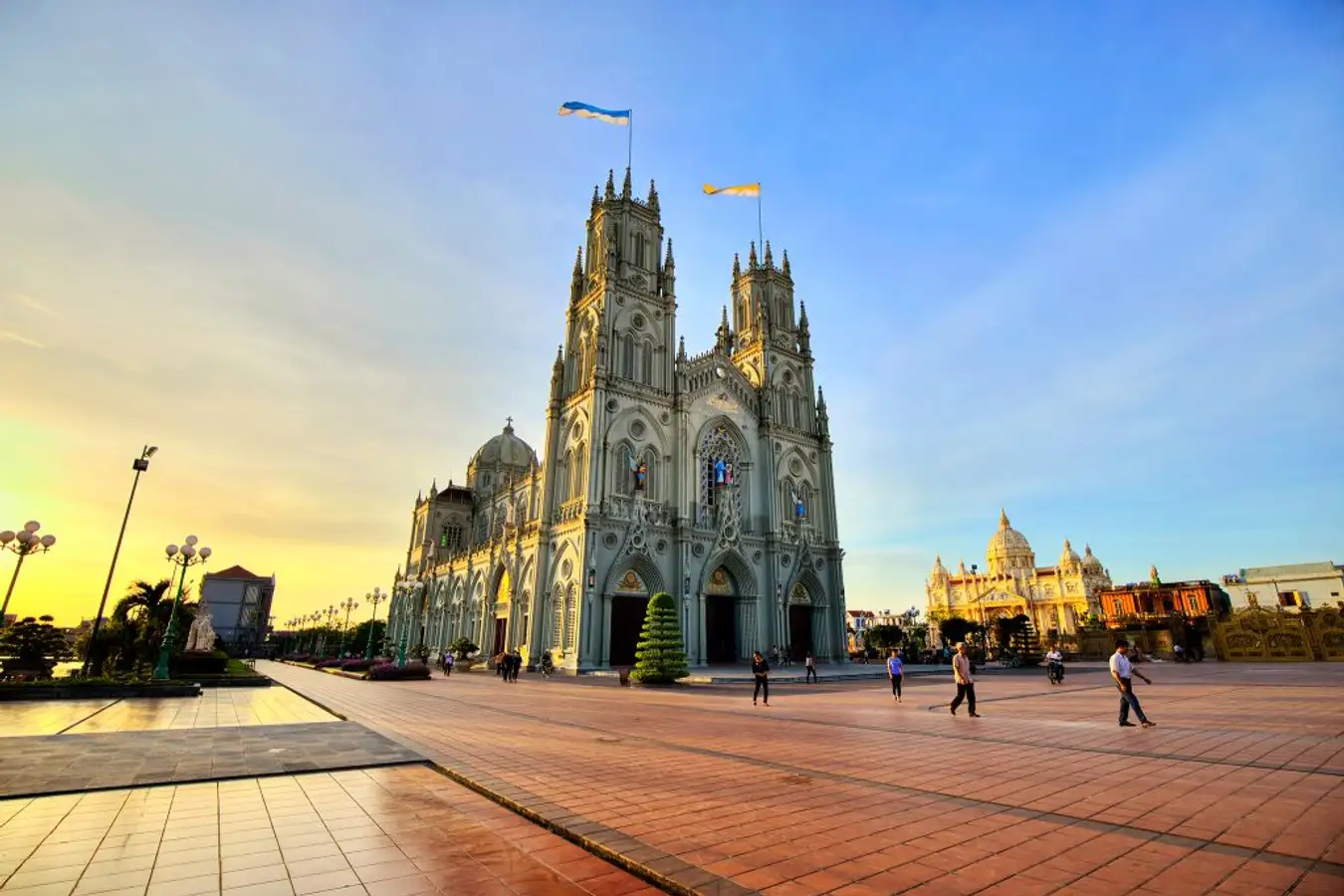




















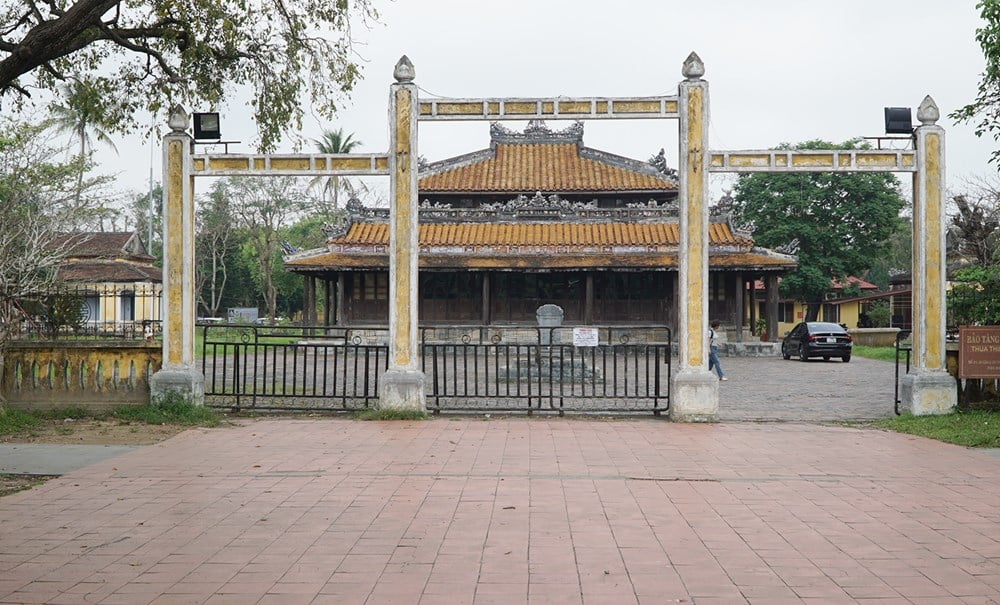

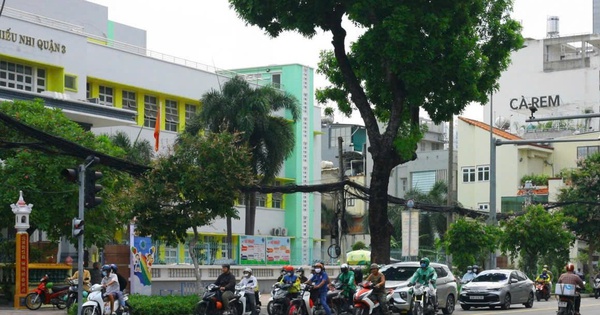

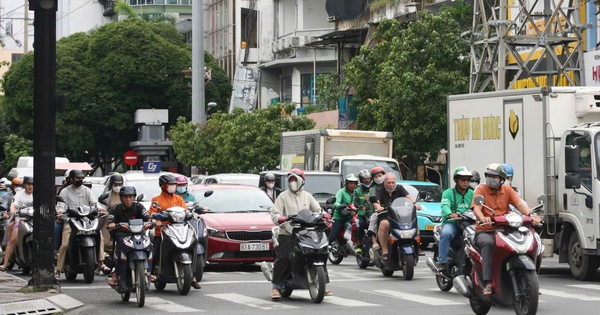
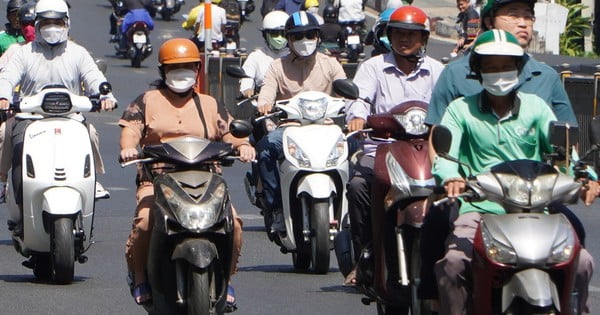
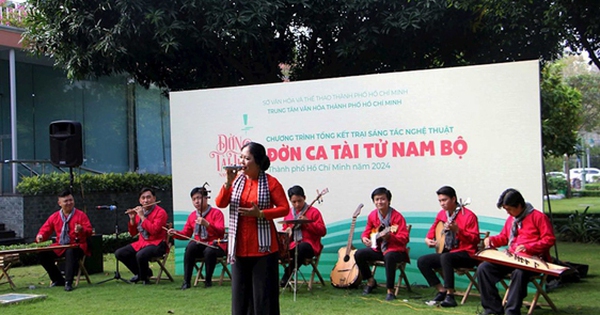
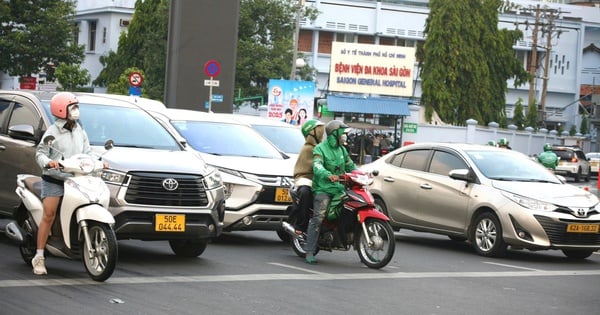
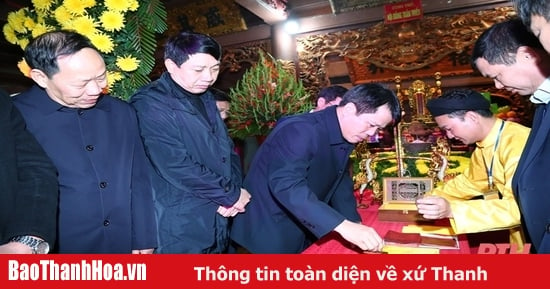

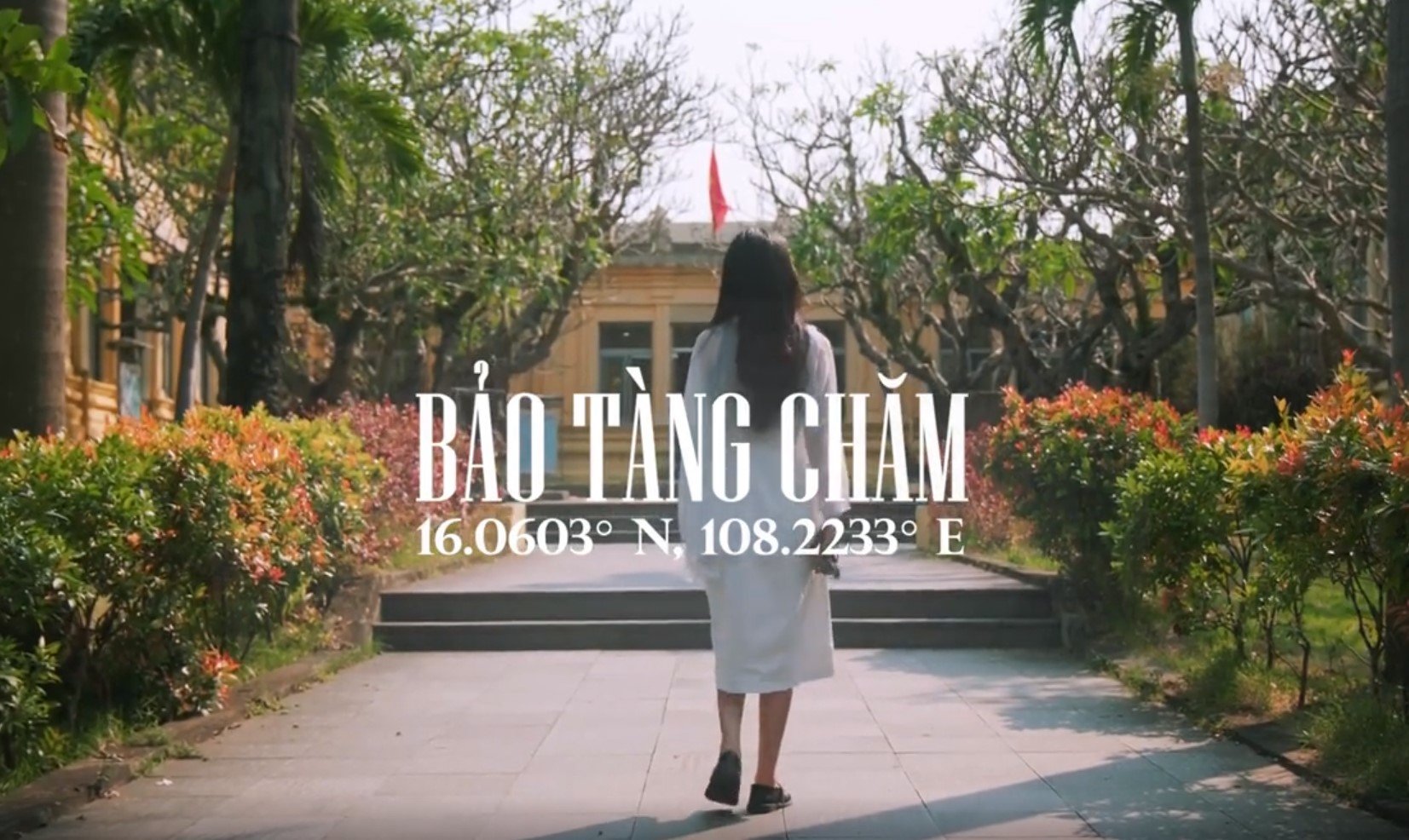

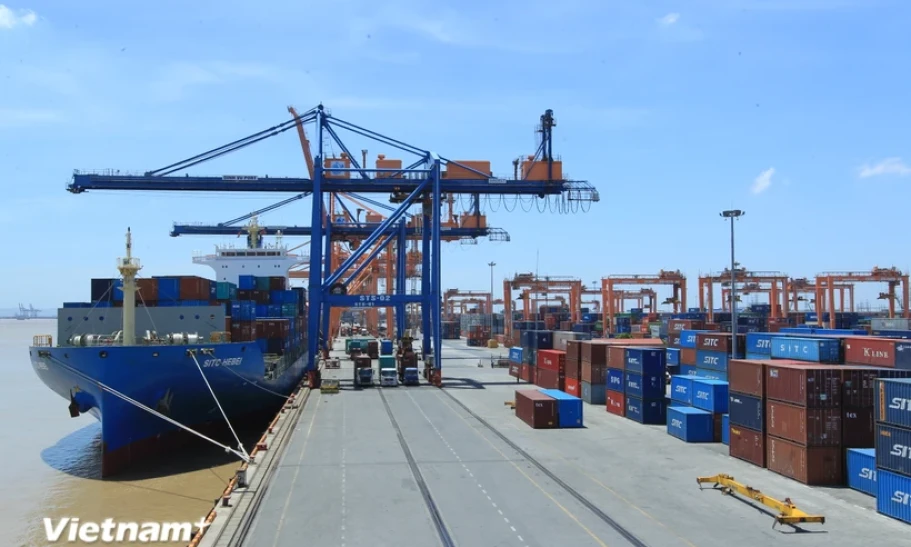
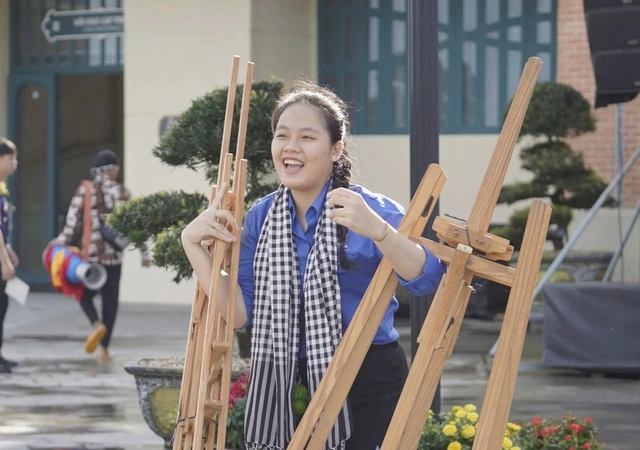



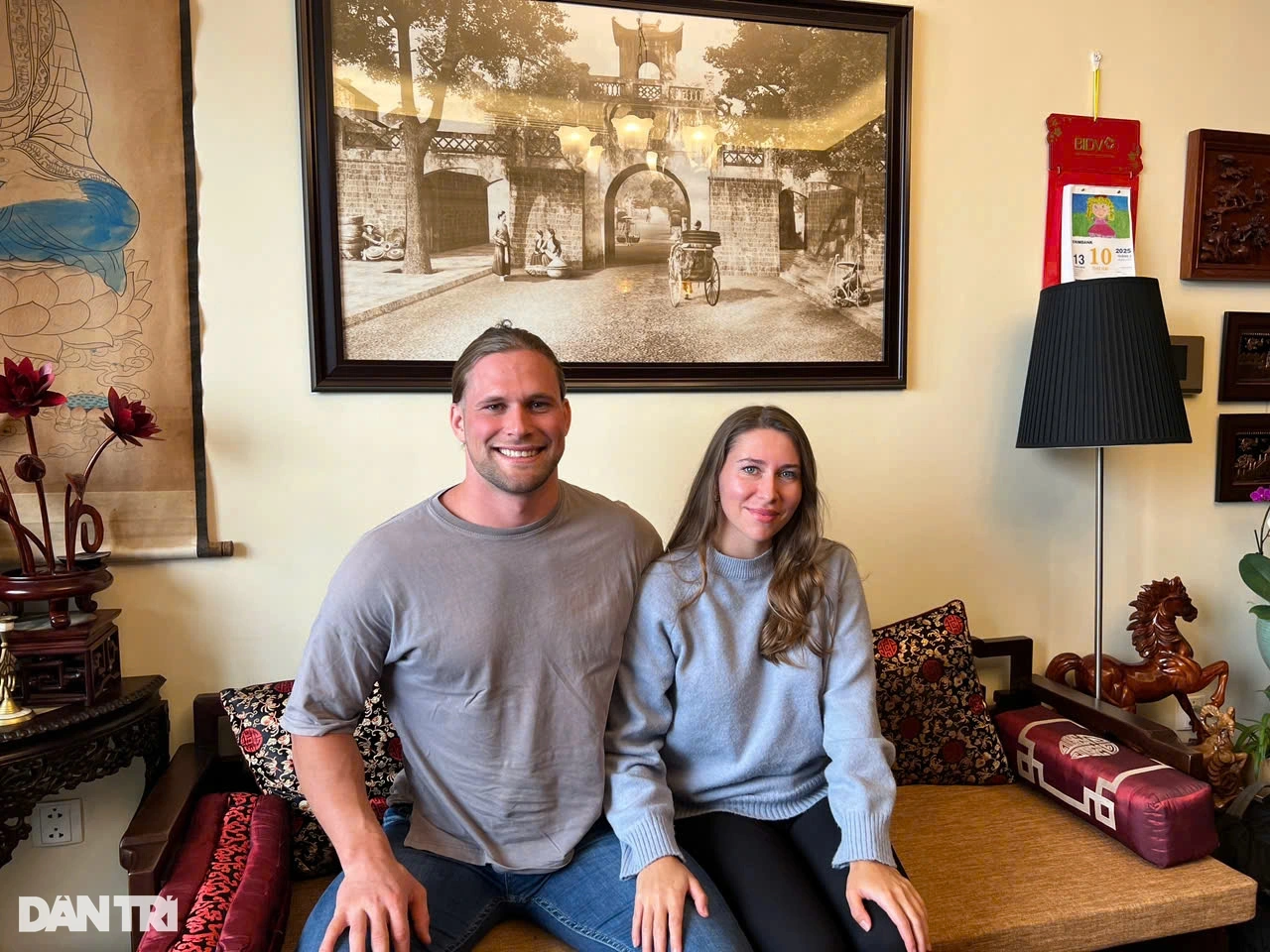

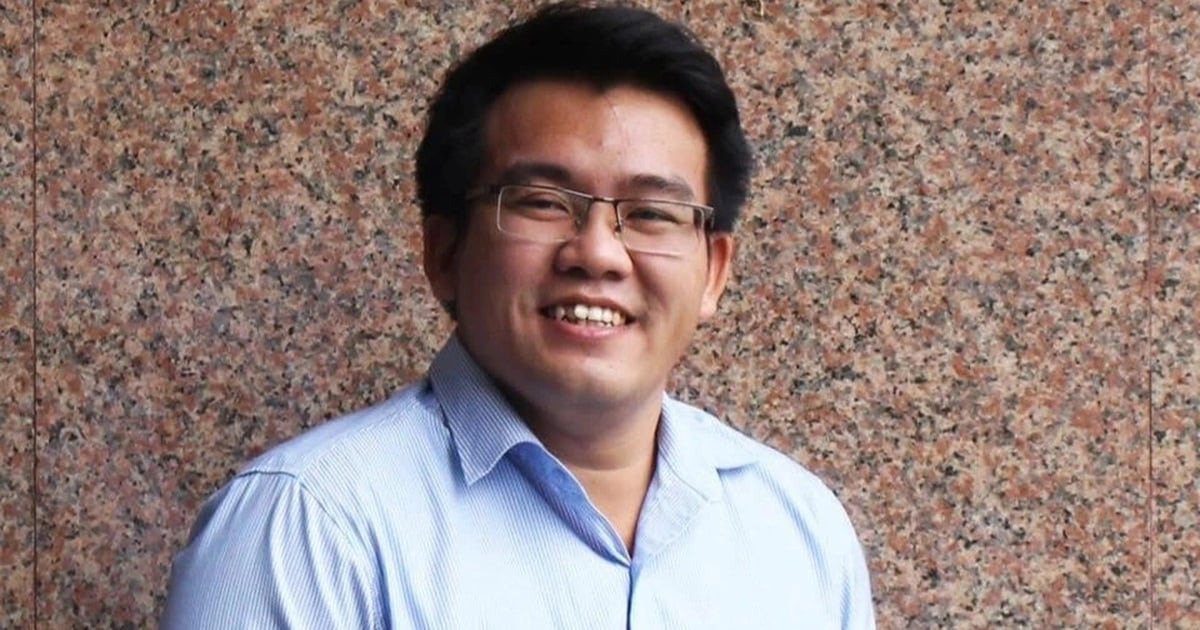
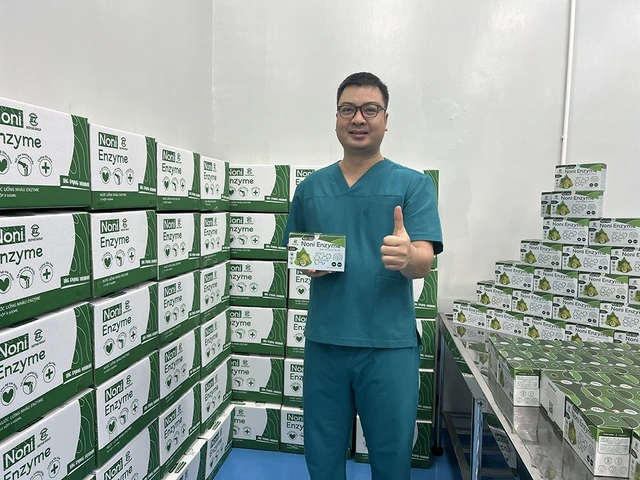
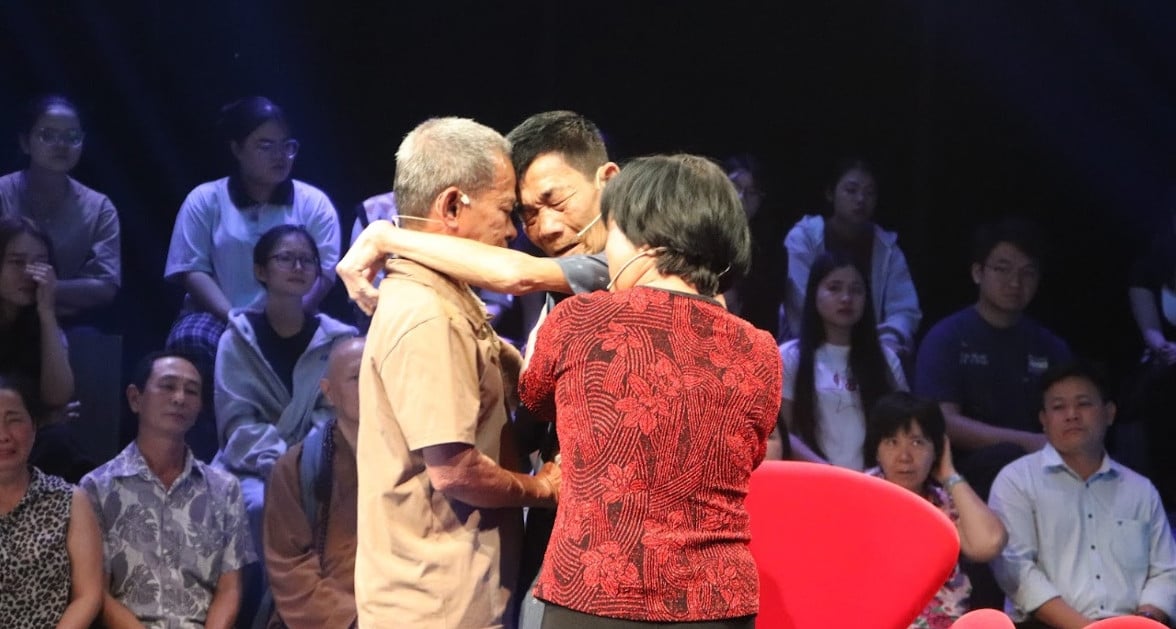





Comment (0)